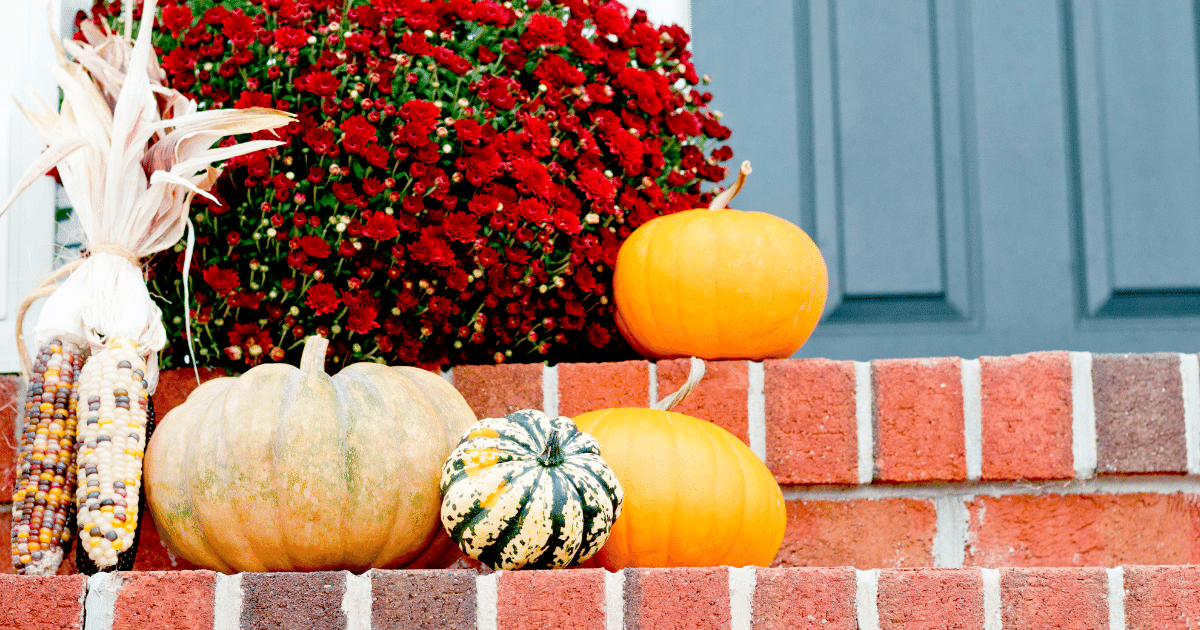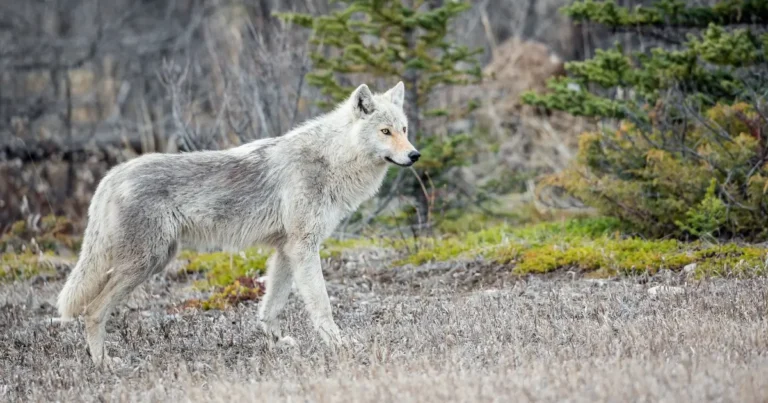
Crisp autumn evening air, pumpkin- spiced everything, and the hurried removal of back-to-school supplies to be replaced by shelves of Halloween and autumn decorations: it’s definitely mid-September in Canada.
Decorating in autumn – and particularly the lead up to Halloween – is a joyous labour of love for Canadians. But making sure that our decorations aren’t negatively affecting the environment or wildlife isn’t always as simple as we may think. The Fur-Bearers gathered these tips to help you coexist while decorating your home for fall.
- Pumpkins and Squash. Everything about these two Cucurbita fruits feels like fall, making them beloved decorative items. But they’re still fruits – and everyone in your neighbourhood from mice, squirrels and small birds to coyotes and bears will consider them an easy meal. Consider keeping these decorations in windows for display or try non-edible versions like these DIY pumpkins made from leftover wood scraps.
- Scary Spiderwebs. Does anything set the mood for a haunting evening like over the top (or just the right amount of) spiderwebs? For wildlife, store bought spiderweb decorations can be a significant hazard. Birds and small animals can routinely become entangled. Keep the scary spiderwebs indoors.
- Inflatables and Lights. The sudden placement of lights, large inflatable objects, and other engaging Halloween decorations can be considered a type of pollution in an ecosystem – even when it’s on our front lawns. Remember that adding these elements to the environment can change wildlife behaviour and potentially contribute to negative encounters. Be mindful of what impacts you may be having with fun, but noisy or bright decorations.
- Plastic is forever. Well, it’s for a long, long time, and elements of it never leave the ecosystem. No matter how you plan to decorate this fall, be mindful of the source of materials used, and of how they’ll eventually be disposed. Using natural products is a great replacement, though they require mindfulness that some natural products may also be food sources for wildlife. No matter what we put into the ecosystem, we have to deal with the consequences of it together.
We hope you have a beautiful autumn season and would love to hear about your ecofriendly and animal-safe decorations. Tag us on Facebook, Instagram, Twitter, YouTube, or LinkedIn, or send an email to us at info@TheFurBearers.com.
